Bentley’s New Continental GT Speed Is Here, and Its Design Has Already Wrankled Enthusiasts
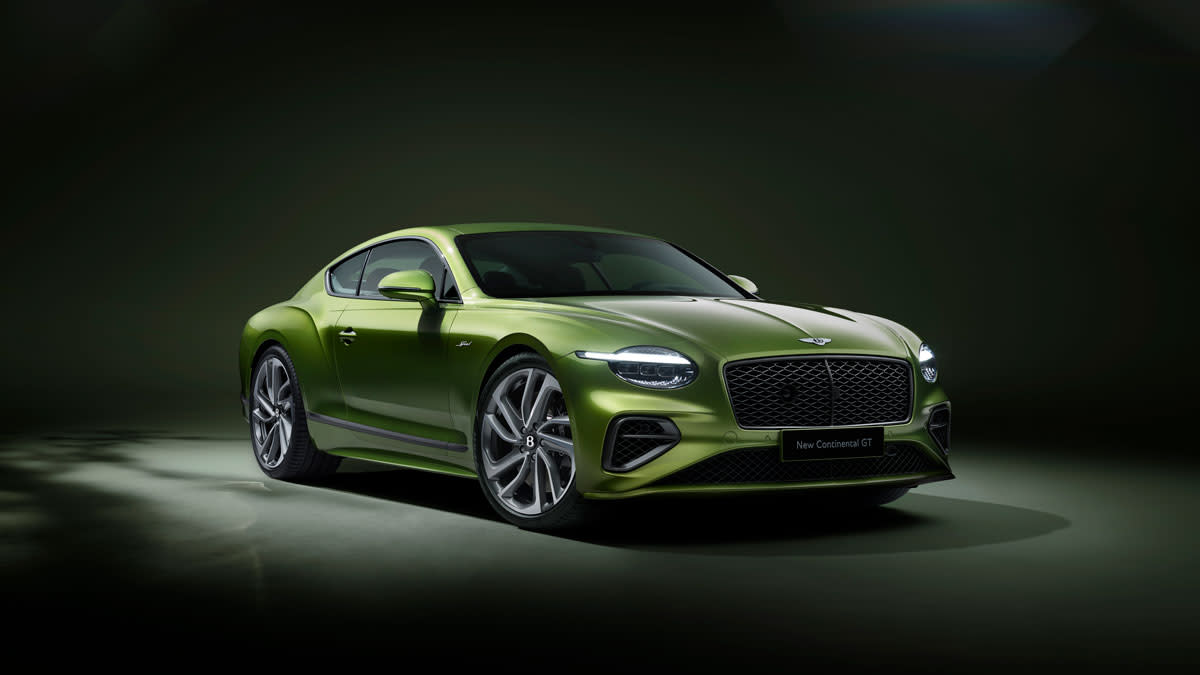
We track tested the new Bentley Continental GT Speed last month and found it to be plush, fleet, and surprisingly nimble. It was also disguised in an acid-green-and-black wrap camouflaging the subtler points of its design, begging the question: what’s under the dazzle? Bentley has finally removed the shroud from the three-ton grand tourer, revealing a fourth-generation model that is both generally similar and notably different when compared to its predecessor.
For a deeper understanding of the new Conti’s style direction, a brief history lesson is in order—specifically, a bit of time travel back to the 1952 release of Bentley’s Continental R. The long-wheelbase coupé made waves back in the day because it had been a hot minute since the Crewe manufacturer achieved anything half as epic as the Bentley Boys’ Le Mans–winning vehicles back in the 1920s and 1930s.
More from Robb Report
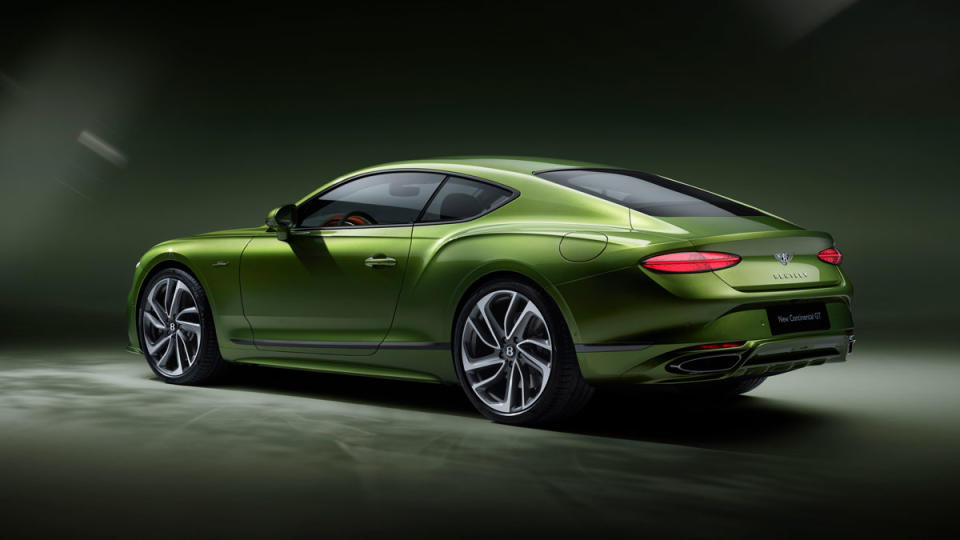
The Continental R was undeniably elegant, defined by three primary lines: a power line along the hood, a sloping roofline, and a gently curving haunch. But it was also sleek for its time and capable, claiming the title of fastest four-seater in the world. The Continental was also a grand tourer in the purest sense of the word, honoring its name by delivering swift, comfortable travel for hours on end.
By 1998, Bentley had a whole lot more to prove, having languished for years under the Rolls-Royce banner and only building 440 vehicles that year. Hope for recovery came from the Volkswagen Group, whose leader at the time, Ferdinand Piëch, envisioned a rebirth for the brand. Four years of R&D later, a Continental GT prototype debuted at the Paris Motor Show, with the final spec version dropping cover at the 2003 Geneva Motor Show.
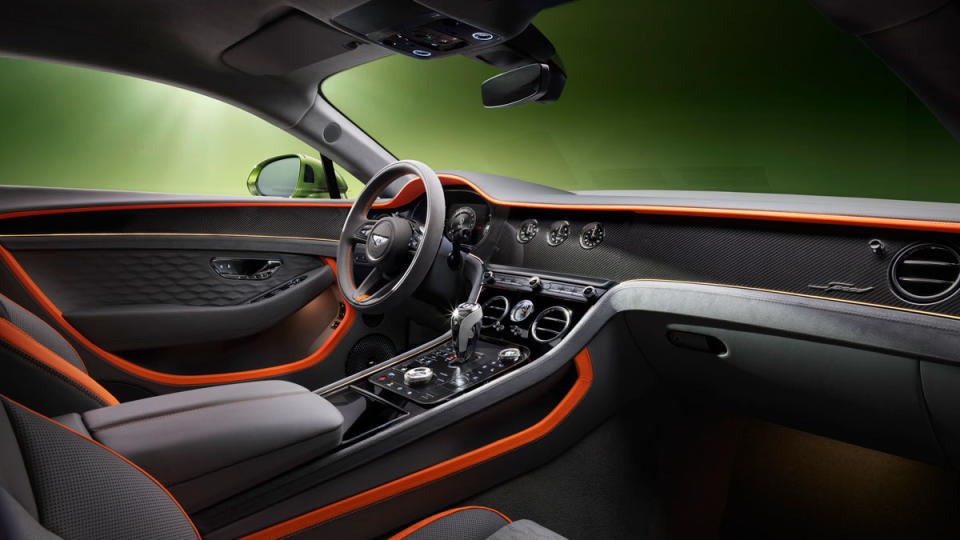
The then-all-new model shared the same essential three-line design as the original while incorporating a host of technological innovations, among them Piëch’s now discontinued W-12 engine that claimed technical supremacy over Rolls-Royce’s more stately V-12. The debut model was a hit, delivering 7,500 cars in the first year of production.
Back to the present, a private viewing of the new Continental GT Speed offered an up-close look at the new coupé and convertible, which exude a surprisingly different presence than the outgoing third-gen models. The latest Continental GT Speed, designed by Robin Page, offers a number of firsts, including being the first non-coachbuilt Bentley with a single headlamp design since the S2, circa 1959, and the first to offer a rear-biased weight distribution of 49/51.
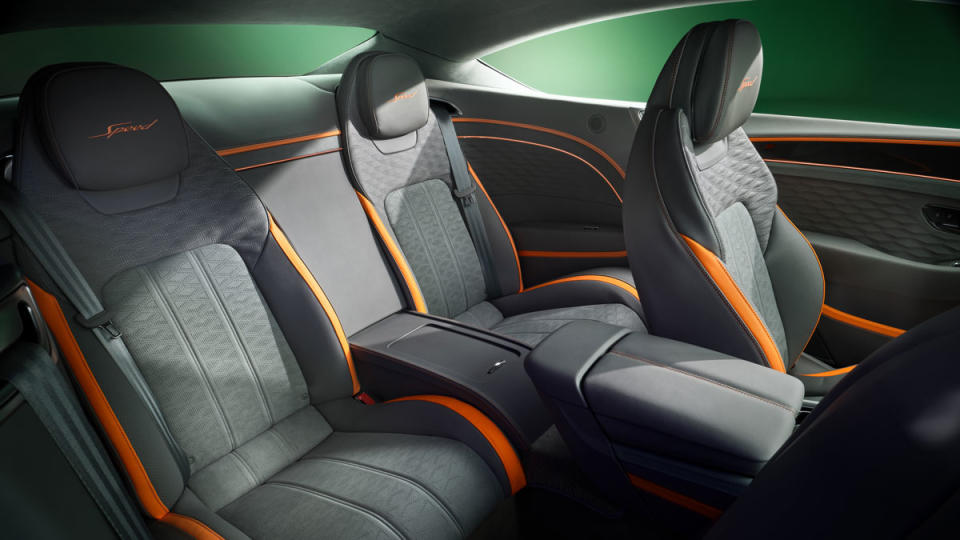
However, the headlamps, accented with what Bentley calls a horizontal eyebrow, appear essentially identical to the ones found on the $2 million Bacalar. Whether that’s a good or bad thing depends on your point of view (and whether you’re one of the 14 Bacalar owners); the effect here is benign, though perhaps aesthetically questionable as to whether the predecessor’s roundly sculpted nose really needed a redux. The third-gen nose was sleek, slick, and balanced. This one is, well, a departure.
Once past the headlamps, which deliver a far more dominant presence to the front end, a few small design details make a big difference in first impressions. For starters, the cut line of the front bumper now meets the hood as a continuation of the headlamp eyebrow, breaking up the space more prominently than before. There’s also an off-center radar sensor on the grille that gives a cyclops effect—not a great look for an otherwise stately sled. And no, there’s no option to delete the feature.
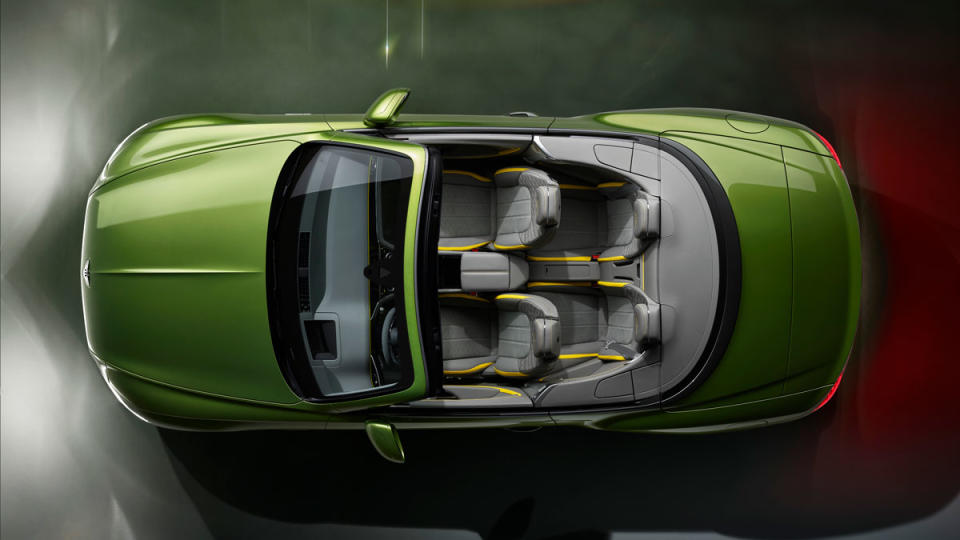
The body panels are now superformed with greater pressure, creating sharper-radius edges to the body’s contours and creases. The tail resolves into a more angular, squint-like shape, one with flusher surfaces thanks to the removal of the retractable spoiler. The overall effect of these changes is a sharper outward presence with a bit more zhuzh than the flowing, cohesive design of the third-gen model.
Whether the looks of the latest GT Speed are better, worse, or just different than before is an entirely subjective matter; some will certainly pine for the more streamlined simplicity of the previous iteration of the Continental GT. One thing, though, is certain: this version has big shoes to fill dynamically speaking, especially since its predecessor’s accomplishments include setting a production-car record at the Pikes Peak International Hill Climb, competing in endurance racing and achieving an overall victory at Bathurst, and being named Robb Report’s 2022 Car of the Year.
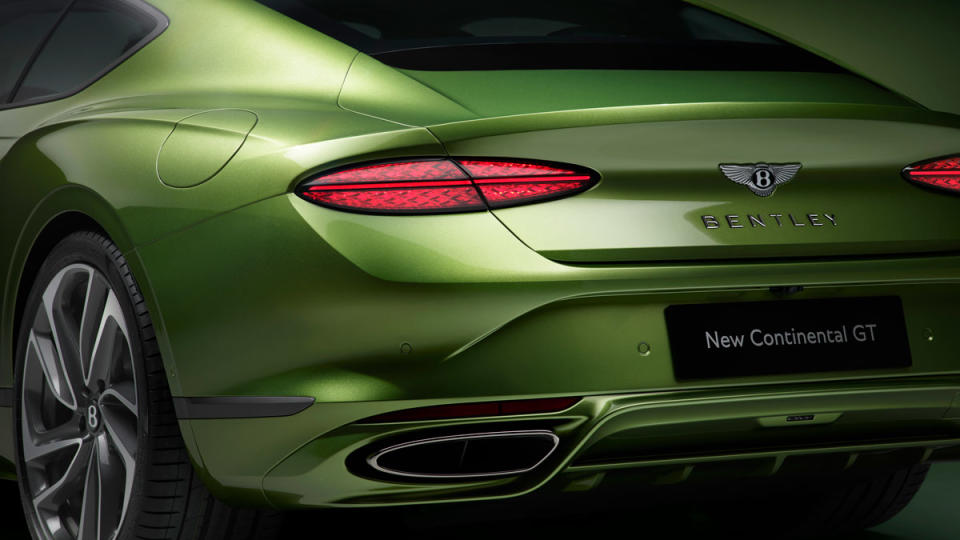
It’s a tall order, but the new Continental GT Speed’s enhanced tech and bolstered power lead us to believe that this edition may outshine its predecessor, even though the styling may not be as crowd-pleasing as the performance.
Click here for more photos of the fourth generation Bentley Continental GT Speed.
Best of Robb Report
Sign up for Robb Report's Newsletter. For the latest news, follow us on Facebook, Twitter, and Instagram.



